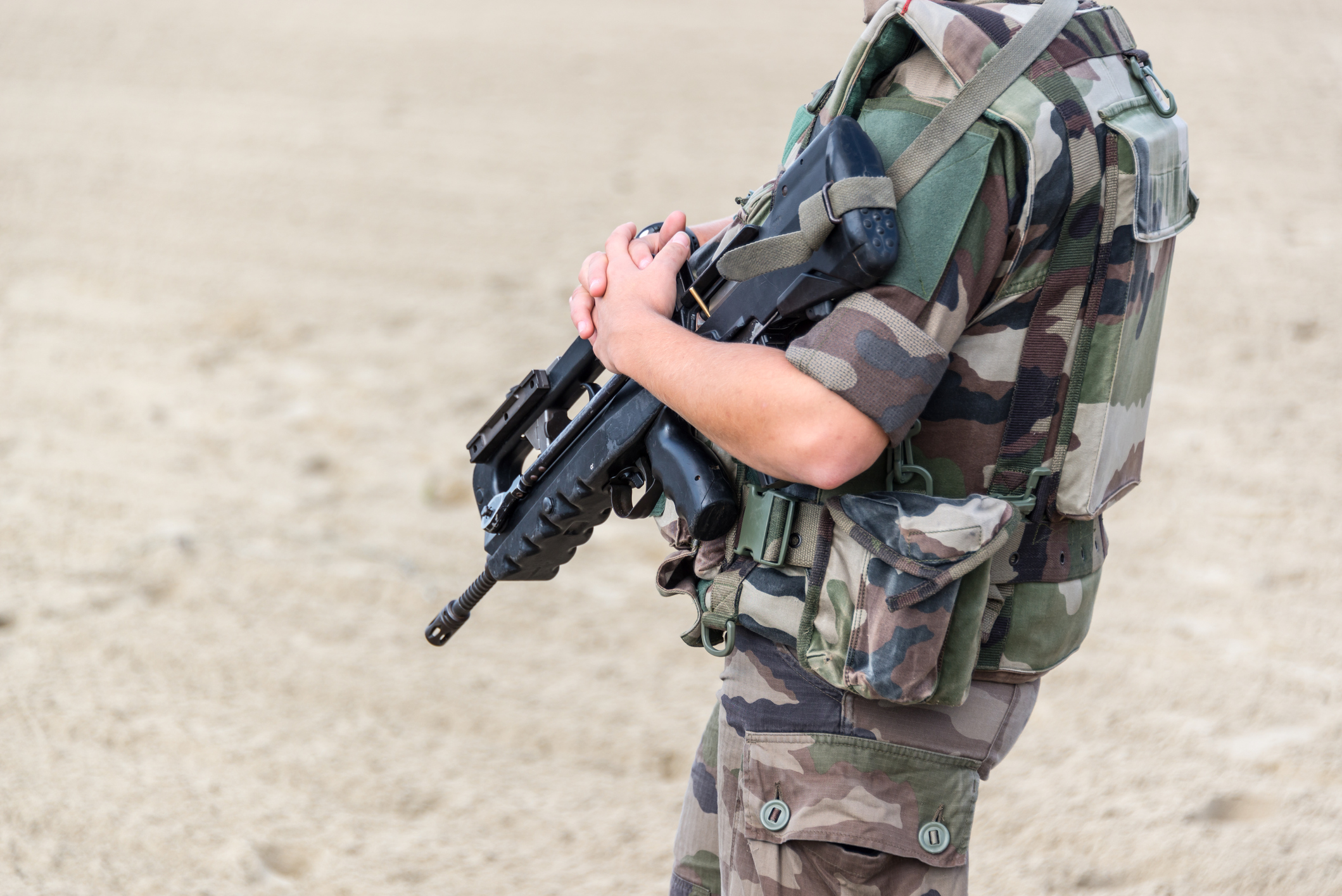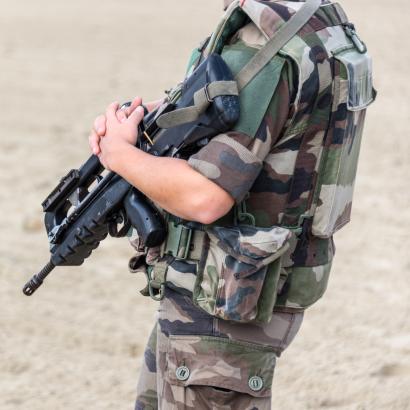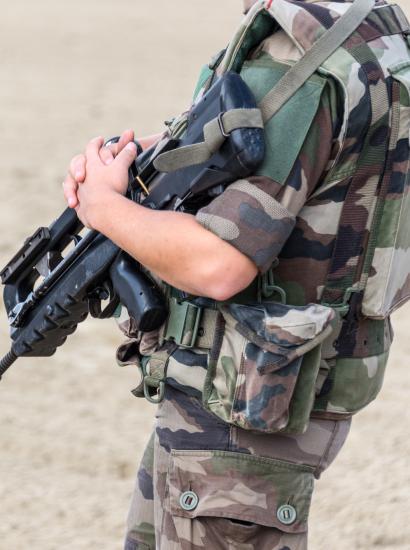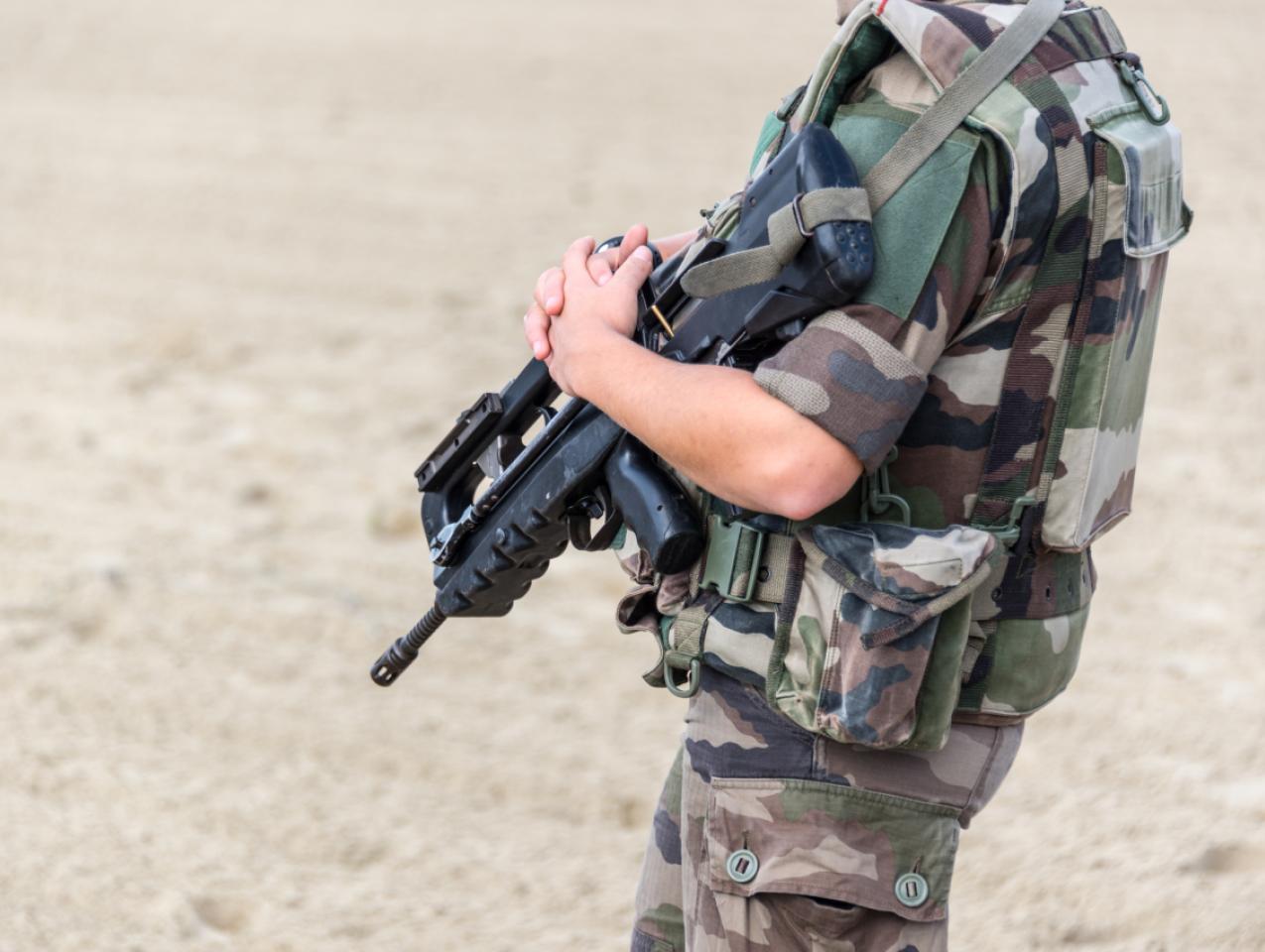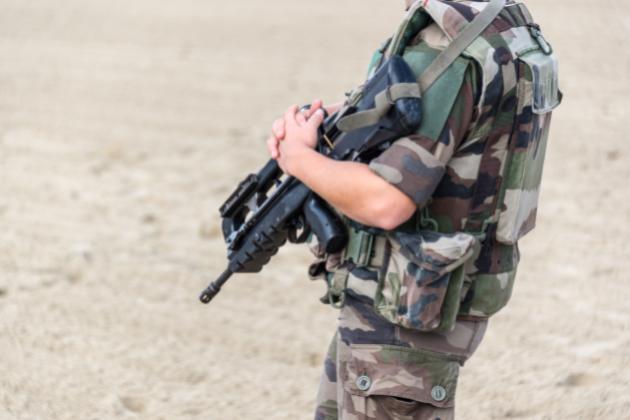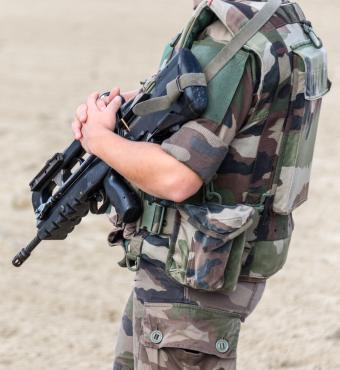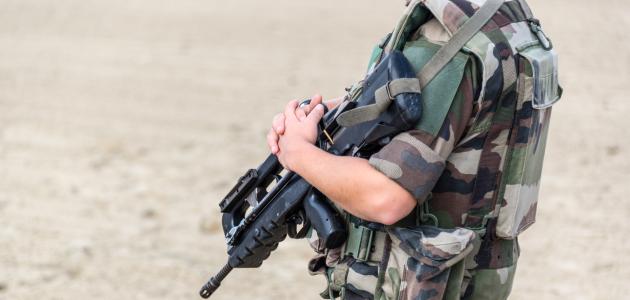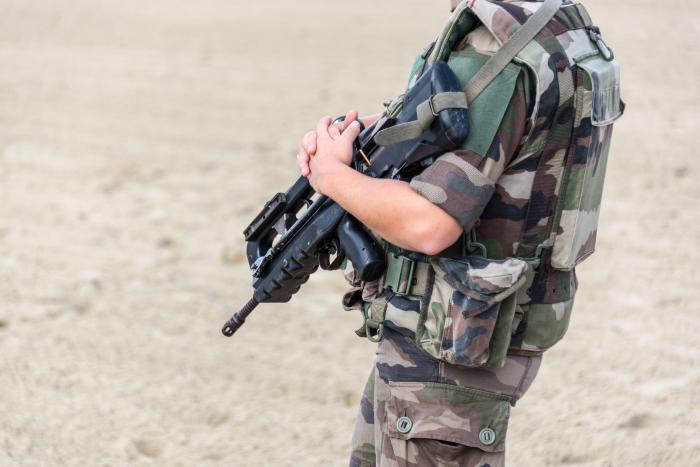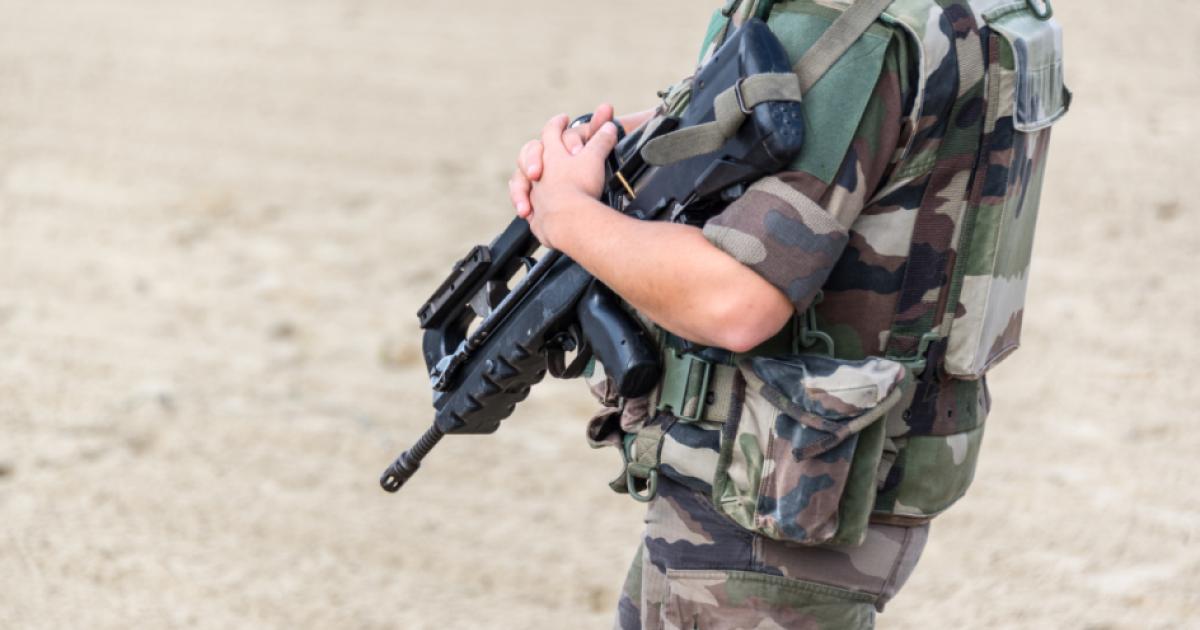- Middle East
Three main developments had a decisive impact on the political and security environment in the Sahel region in the past year, and the dust has not yet settled for observers and policymakers to see clearly where these new dynamics will lead.
Wagner Entrance and French Departure from Mali
The French departure from Mali in the summer of 2022 constituted a very symbolic blow to France’s prestige in West Africa. The departure itself, which was already in the making after nine years of engagement, 58 casualties and billions of Euros spent, was not the issue. It was a foregone conclusion that the French would leave. It remained only to determine the when and how. What France failed to foresee was that its influence was going to be seriously challenged by the entrance of a very small but significant player, the Wagner group (the Russian PMC).
Mali was not Wagner’s first African venture; the group was already very active in Mozambique, Libya and the Central African Republic. While in Mozambique the group failed in taking on the Islamic State jihadis, in the Central African Republic it achieved an economic success. In Libya, it is now ironic to observe, Wagner and France found themselves on the same side in backing General Haftar’s forces to great effect. Yet it has been in Mali where the Russian mercenaries have secured their greatest and most far-reaching achievement. At at a very low cost, with less than a thousand poorly equipped, ill-trained soldiers totally dependent on Malian armed forces, they managed to push the French military out without a fight.
To this date, more than a year after Wagner’s[1] arrival on the scene in Mali, its sole achievement has been to force France out of the country. A strategic goal has been achieved, constituting an immense diplomatic and political gain for Moscow. Mali is the “aircraft carrier” of Russian influence in Africa, as Syria was the “aircraft carrier” of restored Russian influence in the Middle East. Yet despite the immense diplomatic and political gain for Moscow, Bamako has not witnessed any advance in the fight against the warring jihadi factions of al-Qaeda in the Islamic Maghreb (AQIM) and its Sahel affiliate Jama‘at Nusrat al-Islam wa-l-Muslimin (JNIM) or the Islamic State Sahel Province (ISSP).
The End of the Containment of ISSP
Between 2015 and 2019, ISSP had a geographically limited area of activity in the “three borders region” between Mali, Burkina Faso and Niger. The group came into existence when Abu al-Walid al-Sahrawi, a former spokesperson and important figure in the jihadi group al-Murabitun, split from his group and vowed allegiance to Abu Bakr al-Baghdadi in 2015. His pledge was officially acknowledged a year later in 2016, and beginning in 2019 his group woud issue numerous claims of attacks in the name of the Islamic State West Africa Province (ISWAP), which typically refers to the Islamic State affiliate in Nigeria. The first extensive propaganda video from the Sahel, issued in January 2020, featured footage from many attacks against the national forces of Mali, Burkina Faso and Niger, marking a new phase for the Islamic State in the region. But the most important part of the video came toward the end with al-Sahrawi calling for unity among the region’s jihadi fighters. This was a message—and a threat—to the rival al-Qaida militants operating under the banner of JNIM. Soon the global fight between the Islamic State and al-Qaida arrived in the Sahel too and proved as bloody as in other areas of jihadi activity. That was the end of the so-called “Sahel exception”— or the unusual absence of jihadi infighting in this region of the world.[2]
ISSP actvitiy reached a peak in 2019, prompting France to create the “Takuba” force combining French and European special operation forces. The arrival of additional forces, together with the ongoing internal jihadi struggle between ISSP and JNIM, contained ISSP and reduced its capacity to plan, gather and conduct complex attacks on local army barracks. The group’s founder, al-Sahrawi, along with many middle ranking commanders, was killed by French forces in 2021. Even so, the group maintained a presence and was back on the offensive when the French military disengagement started in 2022.
All through 2022 and in the early months of 2023, after enlarging the scope of its military activity in the Ménaka area in northeastern Mali, ISSP went on implementing a proto-governance system, applying sharia law in public places and providing some rudimentary and basic assistance to local populations under its rule. What is more, the group has drawn upon the model of the Islamic State in Iraq and Syria during its heyday, using the latter’s religious and propaganda materials and repurposing them for the context of the Sahel. One of the latest examples is the distribution in several locations in northeastern Mali of the Arabic pamphlet “This is Our Doctrine and This is Our Method,” which was originally produced by the Islamic State’s printing press Maktabat al-Himma some nine years ago to refute negative allegations and to win the support of local factions and tribes in Iraq and Syria. Other Islamic State core material is being adapted to the local context, as with the the spread of a near-ten-year-old audio statement by a deceased Islamic State leader addressing rival Syrian fronts and the Syrian regime. Today, the speech is circulated on Whatsapp as if to address local Tuareg factions, JNIM fighters and factions loyal to Bamako.
ISSP had a plan continue after al-Sahrawi, and in fact it even profited from the death of its founder. The killing of jihadi leaders often has unexpected and unpredictable effects. Undoubtedly, jihadi groups suffer from such eliminations, but in some cases they can be beneficial. This was the case with the loss of al-Sahrawi, whose close historic ties to AQIM prevented the Islamic State central leadership from putting its full trust in him. The precedent of Abu Muhammad al-Jawlani, who broke away from the Islamic State in Syria back in 2013, loomed large. It was only after al-Sahrawi’s death in August 2021 that the Islamic State finally recognized the group in the Sahel as a distinct province—the Islamic State Sahel Province—separating it from ISWAP.
JNIM, AQIM’s new ball game
Several years earlier, leadership losses also played into the hands of AQIM. The bold and experienced commanders who had made AQIM’s success in northern Mali in 2012 possible would also prove to be the source of its failure. These men were too bold and too independent to abide by the directives of AQIM head Abu Moussaab Abdel Wadud and his successor, Abu Ubaïda Yussef al-Aanabi, whoc had called for winning hearts and minds and for applying sharia law gradually. Five years later, with many of these bold leaders eliminated, the unification of active jihadi factions in northern and central Mali became possible, leading to the formation of JNIM as an official subsidiary of AQIM. From the Algeria-based AQIM’s perspective, this was the only means to survive military pressure in its homeland.
JNIM was formed in early 2017 with the aim of entrenching itself in local dynamics. The head of the new group, practically AQIM’s Sahel affiliate, was none other than Iyad Ag Ghali, a prominent Tuareg figure and politician from an important Tuareg clan. His second in command was Mohamed (Amadou) Kouffa, a prominent Fulani preacher but one outside the cast of traditional Fulani imams. The third deputy was the emir of AQIM’s “Greater Sahara” branch, Abu al-Humam, an Algerian national and veteran jihadi military commander.
Objectives evolved over time, as greater entrenchment led to greater involvement in local politics and to ideological concessions. AQIM had learned the lessons of its short governing experience in northern Mali in 2012, and following the death of local recalcitrant commanders AQIM’s more pragmatic leadership was able to achieve a presence on the ground in the form of a Malian stronghold. At the same time the emergence of ISSP as an extremely violent and radical competitor pushed AQIM to distinguish itself from its declared enemy through appealing to local communities and even regional powers and to some extent the international community. AQIM was adapting, and the outcome was that JNIM became the second most politically successful branch of al-Qaeda in Africa after al-Shabaab in the horn of Africa. Fiqh al-waqai‘, the jurisprudence of reality, is at play, as the group gives weight to the political landscape, how to influence it, and the limits of solely violent action. In this one can clearly see the strategy guiding JNIM’s, and therefore AQIM’s, policy in the Sahel region.
AQIM and JNIM have active channels of negotiation and “deconfliction” with regional states like Mauritania, Niger and at one point Burkina Faso. And they have sought recently to emphasize the regional nature of their struggle. In January 2021, in a written communiqué, JNIM framed its war in the Sahel region and Africa generally as one against French presence. In July of the same year, in his first audio address as head of AQIM, Abu Ubaïda Yussef al-Aanabi said that “no terrorist attack was ever plotted from Malian soil against French soil.” Later, in response to a question put to him by me about the AQIM/JNIM terror threat on French and European soil, al-Aanabi stated that “Western leaders are arrogant, they do not want to acknowledge that our objectives are regional.” Responding to the same question back in 2019, by contrast, the same man had had a totally different answer, saying then that “we have the right to attack France whenever we like and wherever we like.”
It is also worth noting that JNIM has been following a policy of targeting military sites and avoiding “soft targets” since the still unclaimed attack on “Aziz Istanbul” restaurant in Ouagadougou in 2017. The killing of Kuwaiti religious scholars during the attack provoked a great deal of controversy among al-Qaeda’s branches. To this day, AQIM has disavowed the attack and avoided any mention of it. Even when a JNIM unit committed a massacre in Solhan in Burkina Faso in mid-2021, JNIM and AQIM officially denied any responsibility. When asked about it, al-Aanabi maintained denial despite the fact that AQIM sources had previously claimed “it was done by an undisciplined unit.” JNIM leadership is clearly sensitive to local perceptions. In the latest acts of violence, in which nine civilians were killed and an entire neighborhood destroyed, JNIM was careful in its claim to blame the deaths on the Malian army.
This “recipe for success” cooked up by JNIM and AQIM has worked its way from northern to central Mali, and further south into Burkina Faso and even beyond to the Gulf of Guinea countries like Benin, Togo, Guinea and the Ivory Coast. This has been combined with an effort to recruit fighters from among local communities as well as to teach and train religious leaders and recruiters. The most successful example of this strategy to date is Jaafar Dicko, the current head of JNIM in Burkina Faso who is close to Mohamed Kouffa. Dicko was trained in Mali, where he came to know Iyad Ag Ghali, and is today the architect of the insurgency in his home country as well as of efforts to push back against ISSP and to expand further south .
This brings us to the ever evolving factor of the historic ethnic frictions that have long defined the warring factions in the Sahel . Through JNIM, AQIM recruited beyond Arab and Tuareg communities to appealing to Fulani communities as well, giving it an unprecedented reach southward and all the way to neighboring Senegal and Ivory Coast. It is now trying to expand even further by recruiting in other communities. When Abu Moussaab Abdel Wadud was killed in Mali in mid-2020, he was riding with a preacher and religious figure from the Dogon community. On the other hand, as we have seen in important battles between JNIM and ISSP, the ethnic barriers to recruitment that were bypassed by JNIM could also be bypassed by ISSP, opening the road further south and north for its activities as well.
Adaptation Dilemma
While jihadi groups in the Sahel have been constantly adapting to an ever evolving political and security situation, the Western powers seem stuck in old and failed paradigms that greatly limit their maneuverability.
Paris did not politically capitalize on the JNIM and AQIM communiqués assuring that French and European soil was not a target. That was a missed opportunity to leave Mali before the arrival of Wagner mercenaries and with at least one of its objectives attained. It could not give the order to stay and face Wagner (the political will to stop Wagner was nonexistent), and meanwhile Wagner and Bamako were plotting to frame French forces in Gossi, accusing them of committing a massacre by moving bodies of civilians they themselves had killed in Hombori to a ditch next to the army barracks.
France had the military power to stop Wagner and to provoke political change in Bamako, but it chose not to. Nor did Paris not help Lieutenant Colonel Damiba in neighboring Burkina Faso when he was challenged and ousted by the young captain Traore, who called on French special operations forces present in the outskirts of the capital Ouagadougou since 2009 to leave the country in February 2023, a few months after his coup.
Washington and Paris should consider the jihadi factions in the Sahel as principally insurgencies, which they are, and use any means possible to confront and contain them, including negotiation. At the same time, they must also attend to the competition with rogue actors such as Wagner. Both issues should be addressed with the support of local populations and with a view to local dynamics. Avoiding simplistic anlaysis and absurd slogans like “war on terror” is key. The last two decades are here to remind us that poor political decisions are the result. A more nuanced and locally-informed view is badly needed.
Wassim Nasr is a French journalist who has been monitoring jihadi groups for more than a decade for the French news outlet France24 in French, English, and Arabic. He has conducted multiple investigations and interviews in this regard. He is the author of État islamique, le fait accompli (2016). Twitter: @SimNasr
[1]https://ctc.westpoint.edu/how-the-wagner-group-is-aggravating-the-jihadi-threat-in-the-sahel/
[2]https://newlinesinstitute.org/isis/isis-in-africa-the-end-of-the-sahel-exception/







